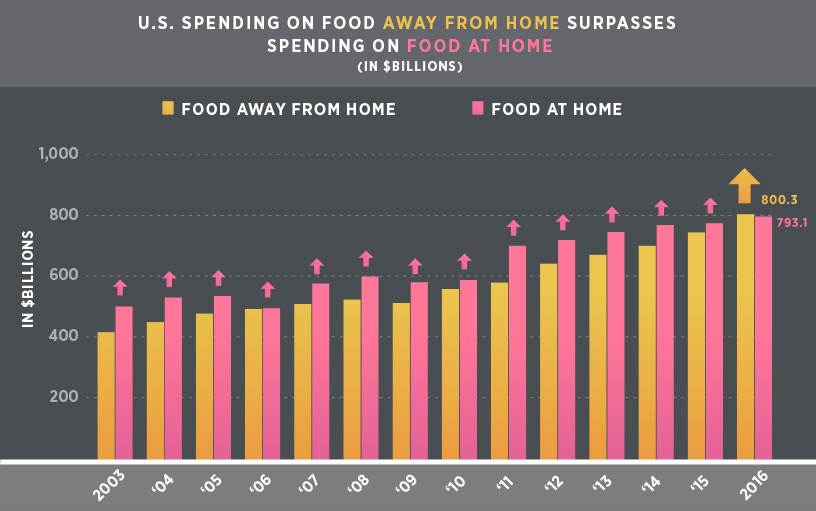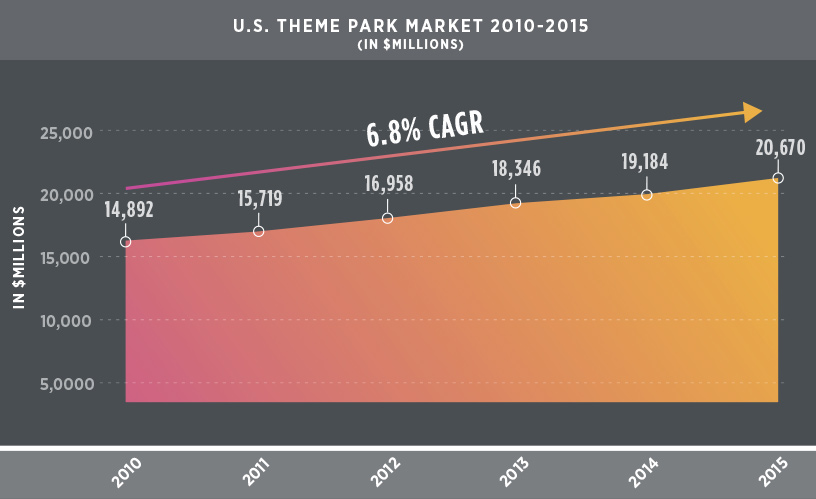Aristotle famously declared man to be, by nature, a social animal. The social nature of human beings has indeed been of interest to philosophers throughout time. Now neuroscience has some contributions to the conversation.
“Being socially connected is our brain’s lifelong passion. It’s been baked into our operating system for tens of millions of years,” writes Matthew Lieberman, professor of psychology and biobehavioral science at UCLA.
Lieberman has studied this innate drive in humans, and found that our biological hardwiring and brain chemistry are designed to motivate us toward social rewards, which come as the result of social interaction. “A growing body of research shows that the need to connect socially with others is as basic as our need for food, water and shelter,” Lieberman writes in his book Social: Why Our Brains Are Wired to Connect.
In modern life, this need to socially connect also means a need for spaces in which to congregate—the physical platform for creating our collective experiences.
While the emergence of social media has inarguably altered the landscape of human connection in the last twenty years, its influence on the desire for in-person human interaction remains indefinite—especially considering how many social media platforms function as conduits to face-to-face connection. In addition, social media platforms like Facebook and Instagram are predominately used for sharing experiences with family and friends that already happened “in real life.”
The industries featured below illustrate the enduring appeal of the out-of-home experience, whether it’s an evening out at a restaurant as a couple (the “date night” ritual) or a day at the waterpark.
RESTAURANTS
According to a 2016 poll by the National Restaurant Association, when consumers were given the choice of how they would spend an additional $100.00 if they had it, more than 4 in 10 adults stated they would spend the extra money on an experience like a restaurant or other activity. As income levels rose to above $75,000.00, the choice to spend on an experience rather than an item increased to 50% of adults.
That may partially explain this historic moment: In 2014, U.S. food-away-from-home sales surpassed food-at-home sales for the first time—a trend that has since continued.
SOURCE: UNITED STATES CENSUS BUREAU
Based on food sales from monthly and annual data in Census Retail Trade
The draw of restaurants is multifaceted for Americans, who can prepare and eat food at home for (almost always) less money. Factors in the continued appeal of dining out include the rise of “foodie” culture, the enjoyment of the dining experience itself, increases in disposable income, and busy lifestyles. Additional reasons for the shift are demographic—Millennials, the demographic known for valuing experiences over goods, spend more than 6% of their entire budget on dining out.
CINEMA
Moviegoing remains one of the most accessible and popular out-of-home activities in the United States. In addition, moviegoing holds a special nostalgic draw for many Americans, who spent birthday parties, first dates, or meaningful family outings in the seats of their local movie theatre.

SOURCE: MPAA
Movie theatres continue to draw more people than all theme parks and major U.S. sports combined. One factor in the enduring popularity of this activity is the proximity of movie theatres to most American neighborhoods. In addition, movie theatres tend to be more affordable options for getting out of the house. In 2016, the average admission price to a movie was $8.65, or $35.00 for a family of four.
CONCERTS
It is well-known that the music industry has been radically altered by the emergence of online music streaming. One surprising outcome of the dominance of streaming in recent years is that consumers are demonstrating increased demand for live shows, with North American ticket sales reaching a record $7.3 billion in 2016. “Live shows—something fans can’t fully experience online—have become increasingly valuable, making concert tours the primary source of revenue for most artists,” stated the Wall Street Journal last year.
SOURCE: POLLSTAR PRO
The success of streaming, when paired with the strong demand for live concerts, exemplifies the many ways technology is enhancing what we already love rather than replacing it. The streaming of music also highlights a clear value of the Millennial generation—access over ownership, and the privilege of experience over goods.
AMUSEMENT & THEME PARKS
Amusement and theme parks remain mainstays of American culture. Parks as diverse as Six Flags and Universal Studios reported impressive increases in attendance for 2016 of 5% and 7.4%, respectively. Dynamic pricing and season passes, new rides and renovations, and branded rides featuring intellectual property were all performance factors cited by operators.
SOURCE: IAAPA
THE ROLE OF DISPOSABLE INCOME
From April 28, 2014 to January 26, 2015 U.S. gas prices declined 45% from a peak national price of $3.71 per gallon to a low of $2.04 per gallon. JPMorgan Chase Institute conducted a study on how falling gas prices impact the U.S. consumer, publishing their findings in October of that year.

SOURCE: JPMORGAN CHASE INSTITUTE
In addition, 25% of consumers’ gas savings was spent on going out to restaurants and on entertainment. IAAPA’s most recent report on theme and amusements parks found there are regional parks within driving distance of nearly the entire U.S. population. The report also noted that when gas prices are lower and discretionary income increases, so does spending and revenue for theme and amusement parks.
THE ROLE OF PROXIMITY
The desire to go out is closely aligned with the difficult routines Americans maintain during the work week. One of the characteristics these out-of-home activities share is their relative proximity to consumer households.
Experiences close to home satisfy many of the same urges that take us across the country on vacation. Going out to dinner, or a day at a ski park, may satisfy the desire to take a break when a vacation just isn’t on the horizon. The push to “get out of the house” even seems to be popular advice given to new parents as they learn to integrate a new baby into their lives. This anecdotal guidance is based on what we know as busy people—time connecting with each other is time well-spent.
As human beings, our drive toward belonging motivates us to seek one another out, form relationships, and experience things together. We can’t help it. Turns out it’s how we’re wired.
Sources
Dodd, Christopher J. (March 2017). Motion Picture Association of America. 2016 Theatrical Market Statistics Report. Retrieved at http://www.mpaa.org/wp-content/uploads/2017/03/MPAA-Theatrical-Market-Statistics-2016_Final-1.pdf. Elitzak, Howard. (August 2017). Economic Research Service. Historical Food Sales 2003-2017. Retrieved at https://www.ers.usda.gov/data-products/food-expenditures/food-expenditures/#Food. Farrell, Diana and Fiona Greig. (October 2015). JP Morgan Chase & Co. Institute. How Falling Gas Prices Fuel the Consumer. Retrieved at https://www.jpmorganchase.com/corporate/institute/document/jpmc-institute-gas-report.pdf. Freedman, Daniel. (August 2017). Wall Street Journal. Bricks, Mortar – and Experiences. Retrieved at https://www.wsj.com/articles/bricks-mortarand-experiences-1503258657. National Restaurant Association. (August 2016). 5 Reasons Restaurant Growth Will Continue. Retrieved at http://www.restaurant.org/News-Research/News/5-reasons-restaurant-growth-will-continue. Pollstar. (January 2017). 2016 Year End Special Features. Retrieved at https://www.pollstar.com/article/2016-year-end-special-features-130308. Themed Entertainment Association and AECOM. (June 2017). TEA/AECOM 2016 Theme Index and Museum Index: The Global Attractions Attendance Report. Retrieved from the Themed Entertainment Association database.







